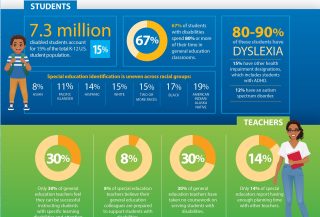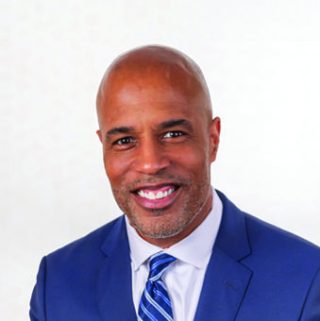FOCUS
Curriculum and instruction take a front seat in professional learning
By Jess Barrow and Eric Hirsch
Categories: Implementation, Instructional materials/curriculum, Standards for Professional LearningJune 2022
Read the remaining content with membership access. Join or log in below to continue.
Sed ut perspiciatis unde omnis iste natus error sit voluptatem accusantium doloremque laudantium, totam rem aperiam, eaque ipsa quae ab illo inventore veritatis et quasi architecto beatae vitae dicta sunt explicabo. Nemo enim ipsam voluptatem quia voluptas sit aspernatur aut odit aut fugit, sed quia consequuntur magni dolores eos qui ratione voluptatem sequi nesciunt. Neque porro quisquam est, qui dolorem ipsum quia dolor sit amet, consectetur, adipisci velit, sed quia non numquam eius modi tempora incidunt ut labore et dolore magnam aliquam quaerat voluptatem.
Standards for Professional Learning: Rigorous Content for Each Learner
Professional learning results in equitable and excellent outcomes for all students when educators …
Equity Practices
… understand their students’ historical, cultural, and societal contexts, embrace student assets through instruction, and foster relationships with students, families, and communities.
Curriculum, Assessment, and Instruction
… prioritize high-quality curriculum and instructional materials for students, assess student learning, and understand curriculum and implement through instruction.
Professional Expertise
… apply standards and research to their work, develop the expertise essential to their roles, and prioritize coherence and alignment in their learning.
References
Arabo, M. (2019). 5 ways teachers can advocate for better materials. EdReports.org. www.edreports.org/resources/article/5-ways-teachers-can-advocate-for-better-materials
Doan, S., Fernandez, M., Grant, D., Kaufman, J., Setodji, C., Snoke, J., Strawn, M., & Young, C. (2021). Instructional resources surveys: 2021 technical documentation and survey results. RAND Corporation.
Elmore, R. (2008). Improving the instructional core. Harvard University School of Education.
EdReports. (n.d.a). Why materials matter. Author. www.edreports.org/impact/why-materials-matter
EdReports. (n.d.b). Selecting for quality: 6 key adoption steps. Author. www.edreports.org/resources/adoption-steps
EdReports. (2021). 2020 state of the market: The use of aligned materials. Author. www.edreports.org/resources/article/2020-state-of-the-market-the-use-of-aligned-materials
EdReports. (2022). 2021 state of the market: The availability and use of aligned materials. Author.
Hirsch, E. & Weisskirk, L. (2021). Invest in quality curricula now for long term returns. EdReports.org. www.edreports.org/resources/article/invest-in-quality-curricula-now-for-long-term-returns
Learning Forward. (2022). Standards for Professional Learning. Author.
Lebel, S. (2019). How I used EdReports to advocate for high-quality materials. EdReports.org. www.edreports.org/resources/article/how-i-used-edreports-to-advocate-for-high-quality-materials
Short, J. & Hirsh, S. (2020). The elements: Transforming teaching through curriculum-based professional learning. Carnegie Corporation of New York.
Categories: Implementation, Instructional materials/curriculum, Standards for Professional Learning
Recent Issues
LEARNING DESIGNS
February 2025
Read the remaining content with membership access. Join or log in below to...
BUILDING BRIDGES
December 2024
Read the remaining content with membership access. Join or log in below to...
CURRICULUM-BASED PROFESSIONAL LEARNING
October 2024
Read the remaining content with membership access. Join or log in below to...
LEARNING TO PIVOT
August 2024
Read the remaining content with membership access. Join or log in below to...














